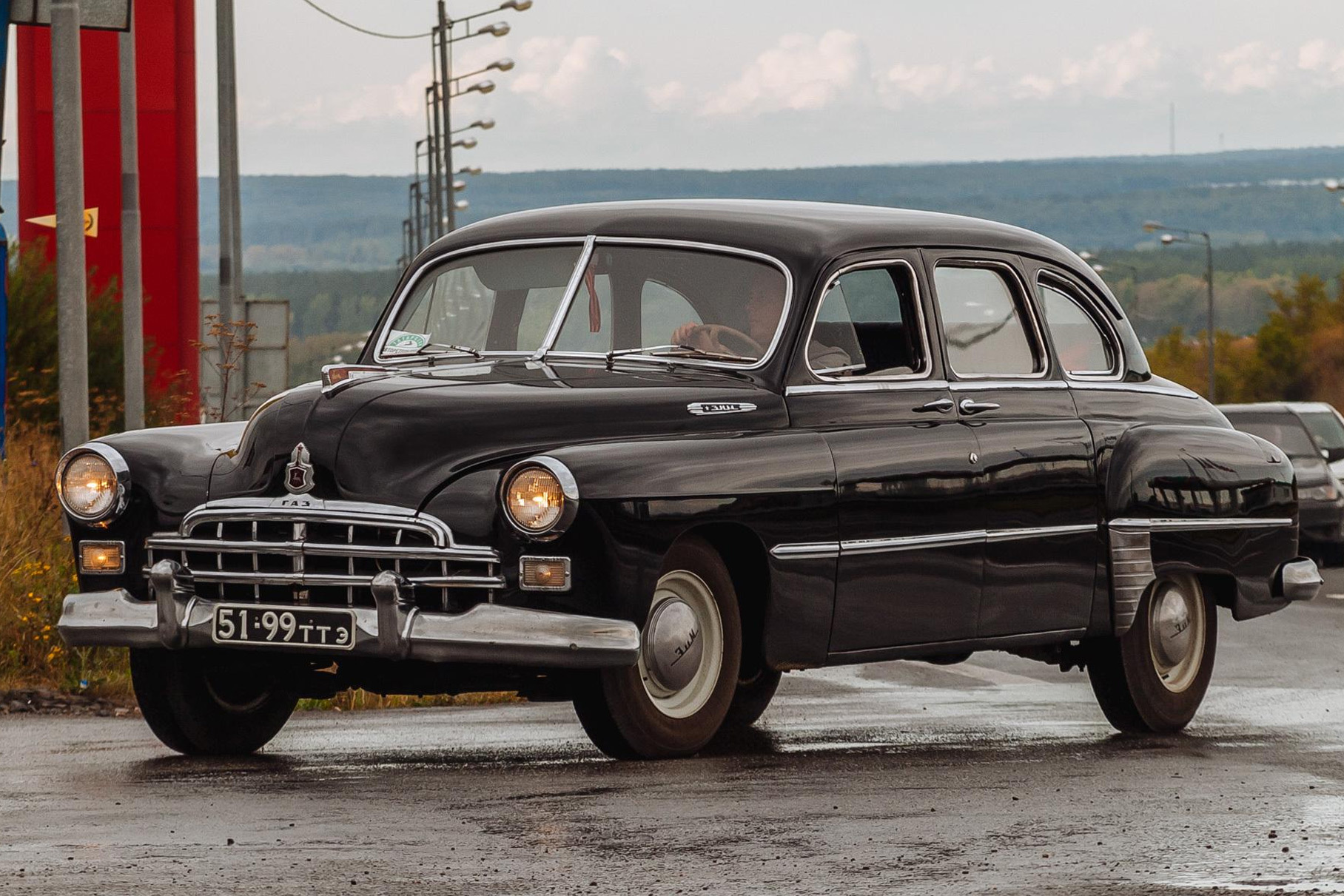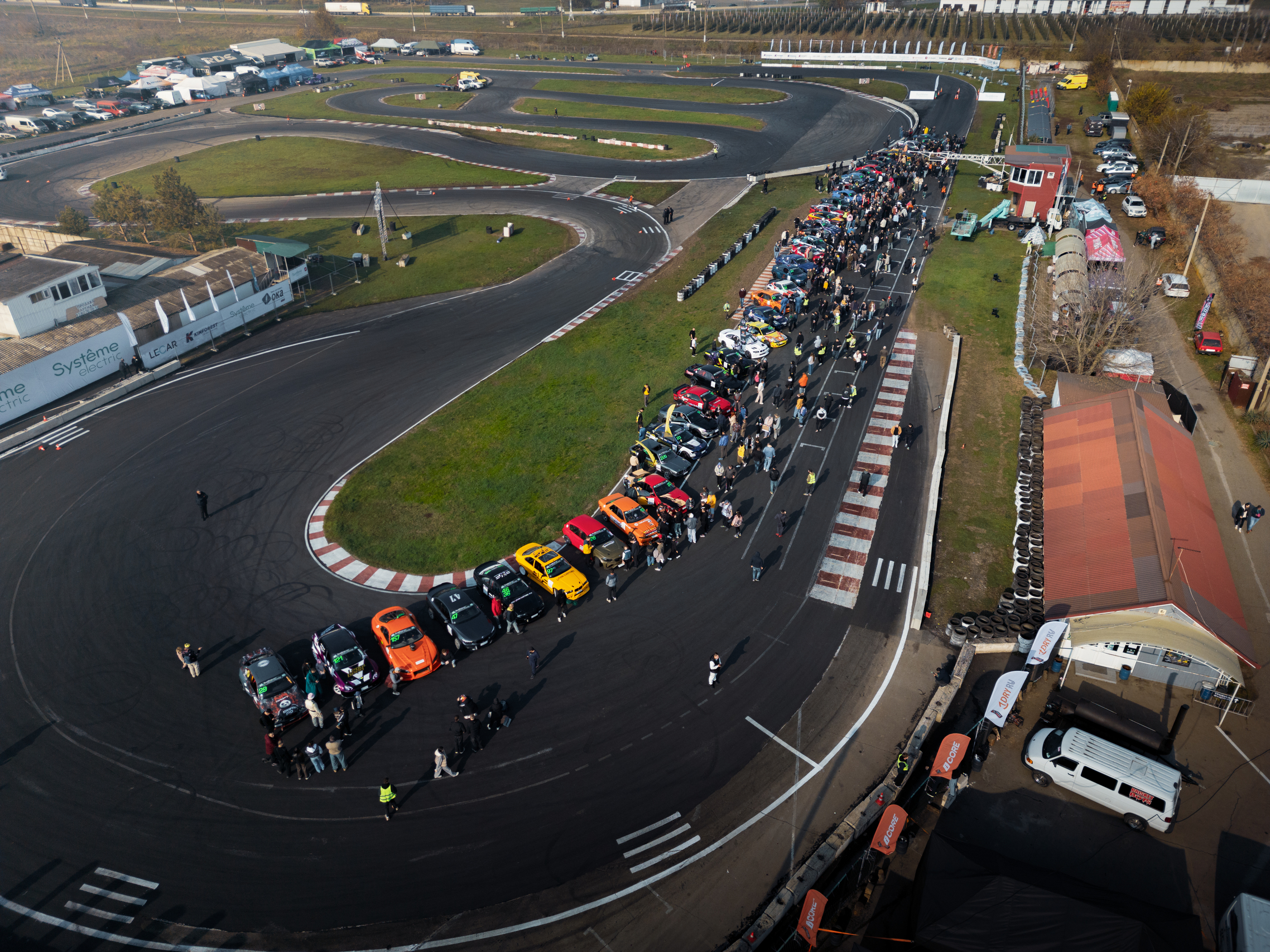This year, an important anniversary is noted not only by AvtoVAZ. Winter older than a “penny” is only 20 years old, but between them is not even an era – an abyss, a tectonic break, a light year. Why is this car called both GAZ-12 and Winter-without any digital index? What technologies tested on a prestigious Soviet sedan, and who could buy it? In our archival material about winter – details that surprise even 75 years later.
Seventy -five years ago, a winter entered the roads of the Soviet Union. The seven-seater sedan with the factory index of GAZ-12 was placed in the hierarchy of our cars between the mass “victory” and the very monumental government zis. And the car itself turned out to be very unusual.
Winter at the Retrofesture in the Republic of Tatarstan, 2016
Sergey Ilyin 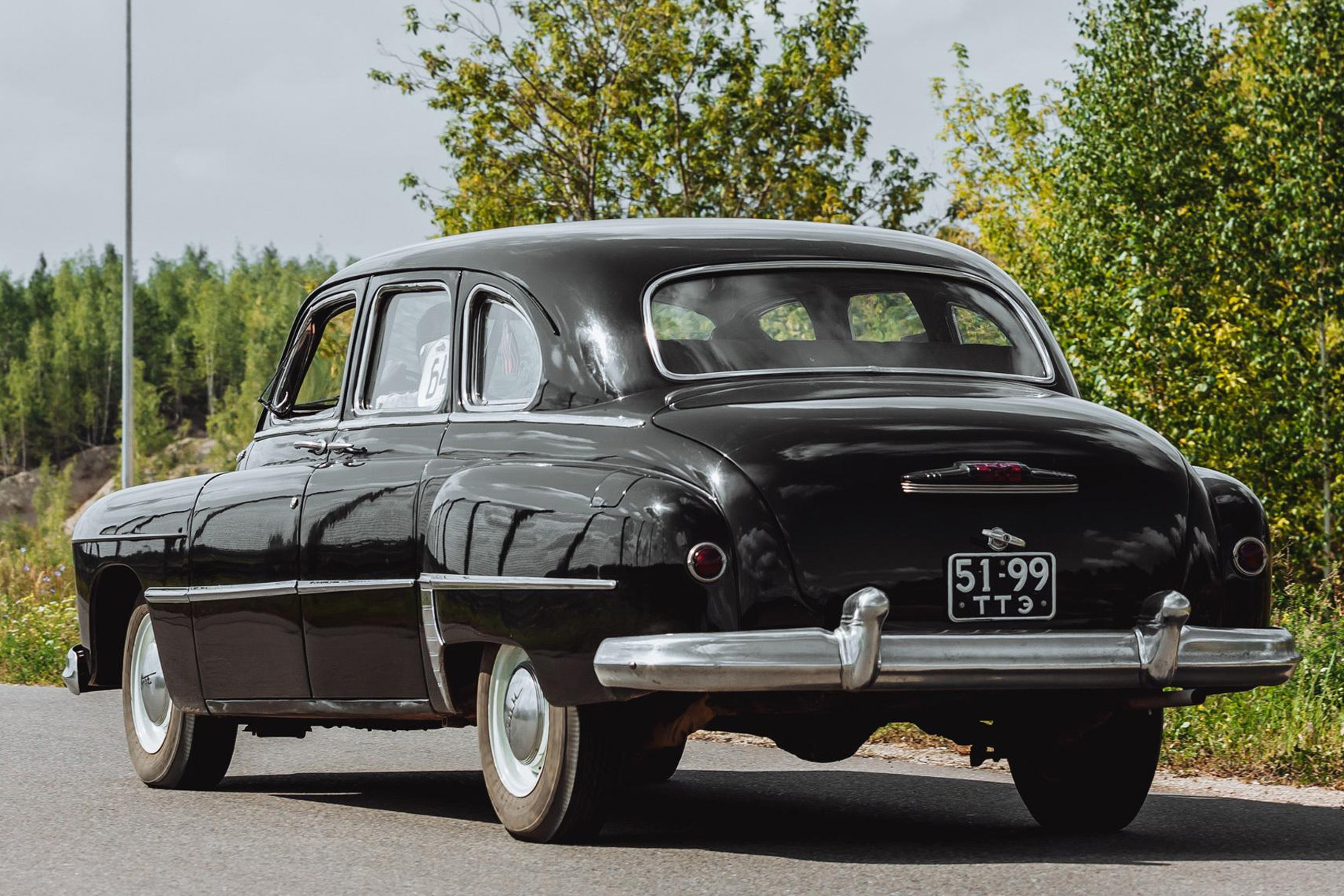 Winter at the Retrofesture in the Republic of Tatarstan, 2017
Winter at the Retrofesture in the Republic of Tatarstan, 2017
Sergey Ilyin
Winter design began in a tense environment. In 1948, when work started, the Gorky Automobile Plant was just able to establish the mass production of Victory M-20 and actively fought with the constructive and production disabilities of the early machines. In addition, the developments of the future Kozlik GAZ-69, which at the initial stage, had its own name “Truster”, in parallel.
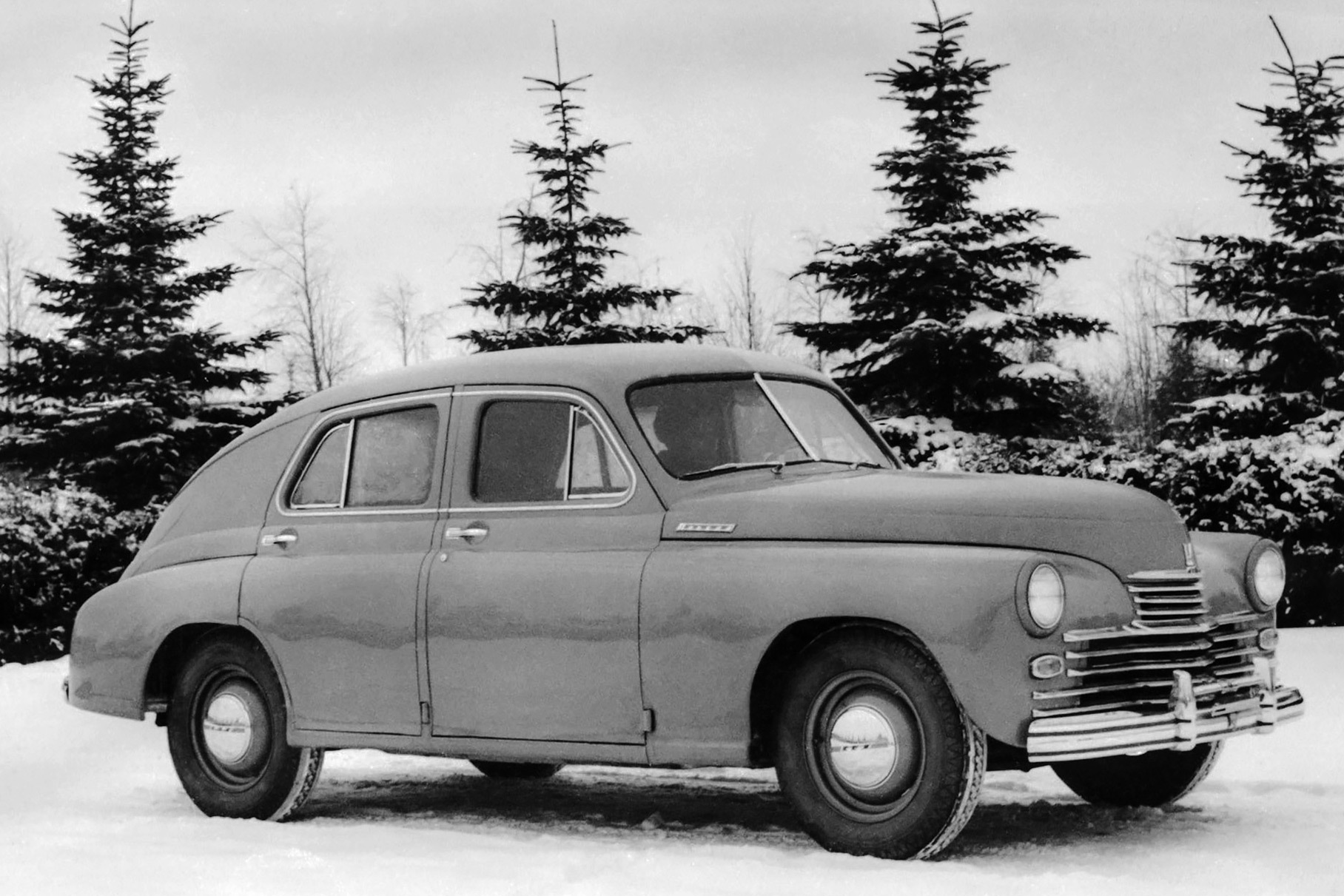 GAZ M-20 “Victory”
GAZ M-20 “Victory”
GAS
Although formally, the release of Victory started back in 1946, at first the new sedans were collected using a bypass technology and in the first year they produced a little more than 20 cars. And when the account of ready -made “victories” went to hundreds, numerous comments rained down from high -ranking passengers of new service cars that were primarily received in state garages. As a result, to eliminate the deficiencies in September 1948, the conveyor had to be stopped, and Gaza Director Ivan Loskutov was removed from his post.
At the same time, “Victory” – in itself quite close and not very dynamic – did not correspond to the needs of party and state functionaries. Ensure worthy transport those who are not yet rank to drive ZIS, and was called by the winter.
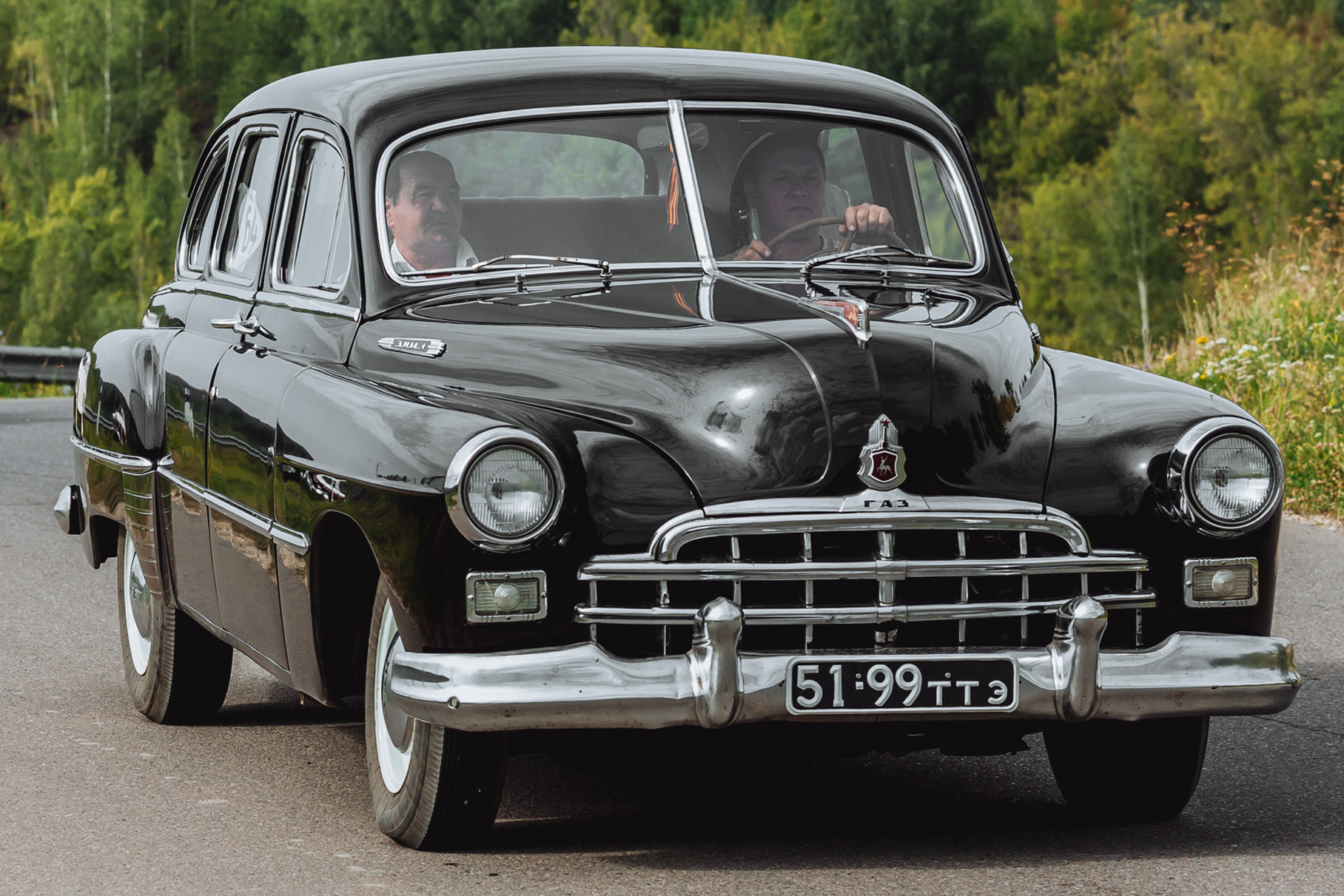 Winter at the Retrofesture in the Republic of Tatarstan, 2017
Winter at the Retrofesture in the Republic of Tatarstan, 2017
Sergey Ilyin
The design of a six-end GAZ-12 sedan with a spacious rear sofa and two folding seats-insistentenes took less than two and a half years. To complete the task in a short time, the engineers, led by the chief designer of GAZ Andrei Lipgart, tried to use the existing achievements as much as possible. On the path of direct copying of any of the foreign samples, the Gazovites did not go-despite the apparent simplicity, such a way required large time costs both in design and when establishing the issue.
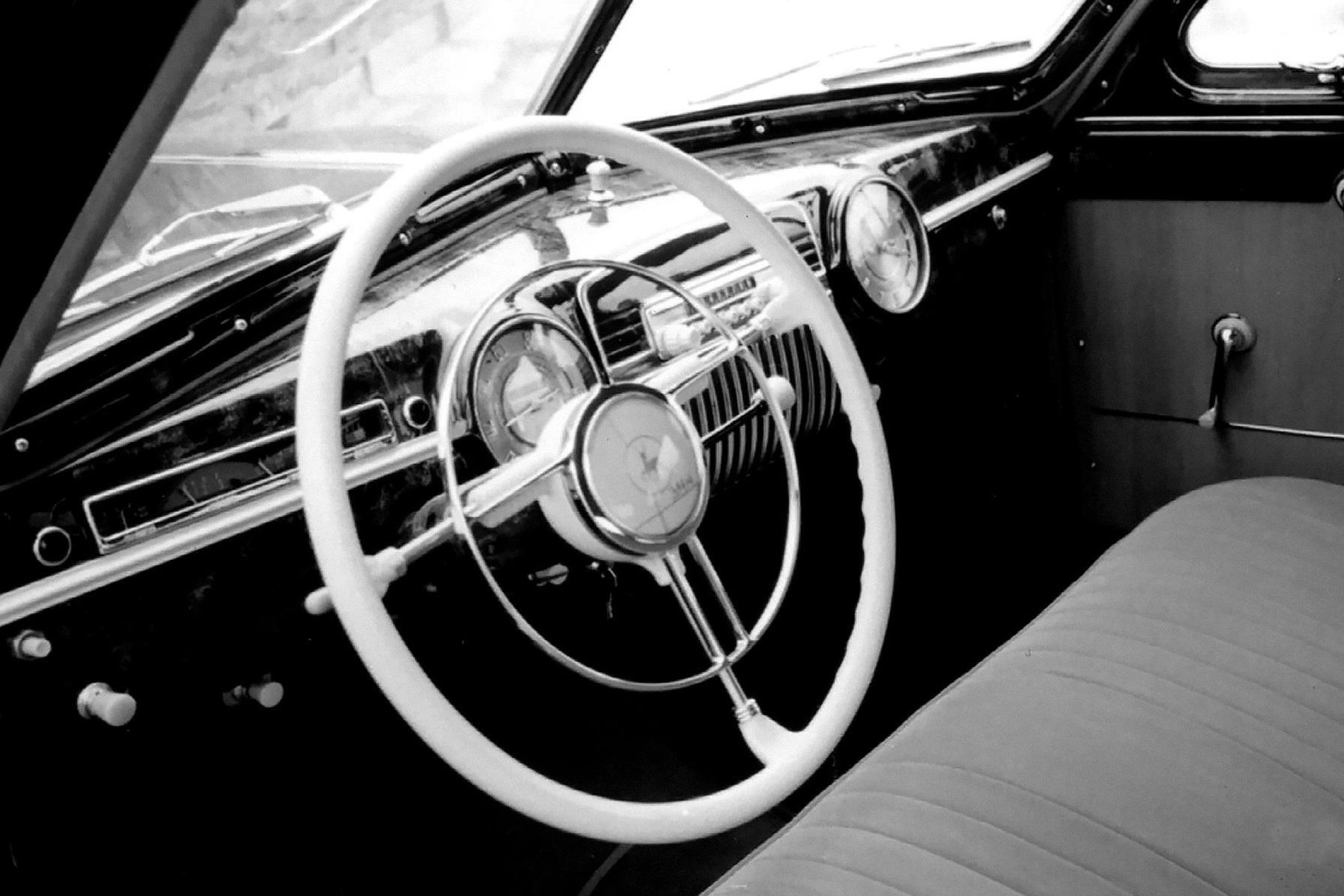 GAS
GAS 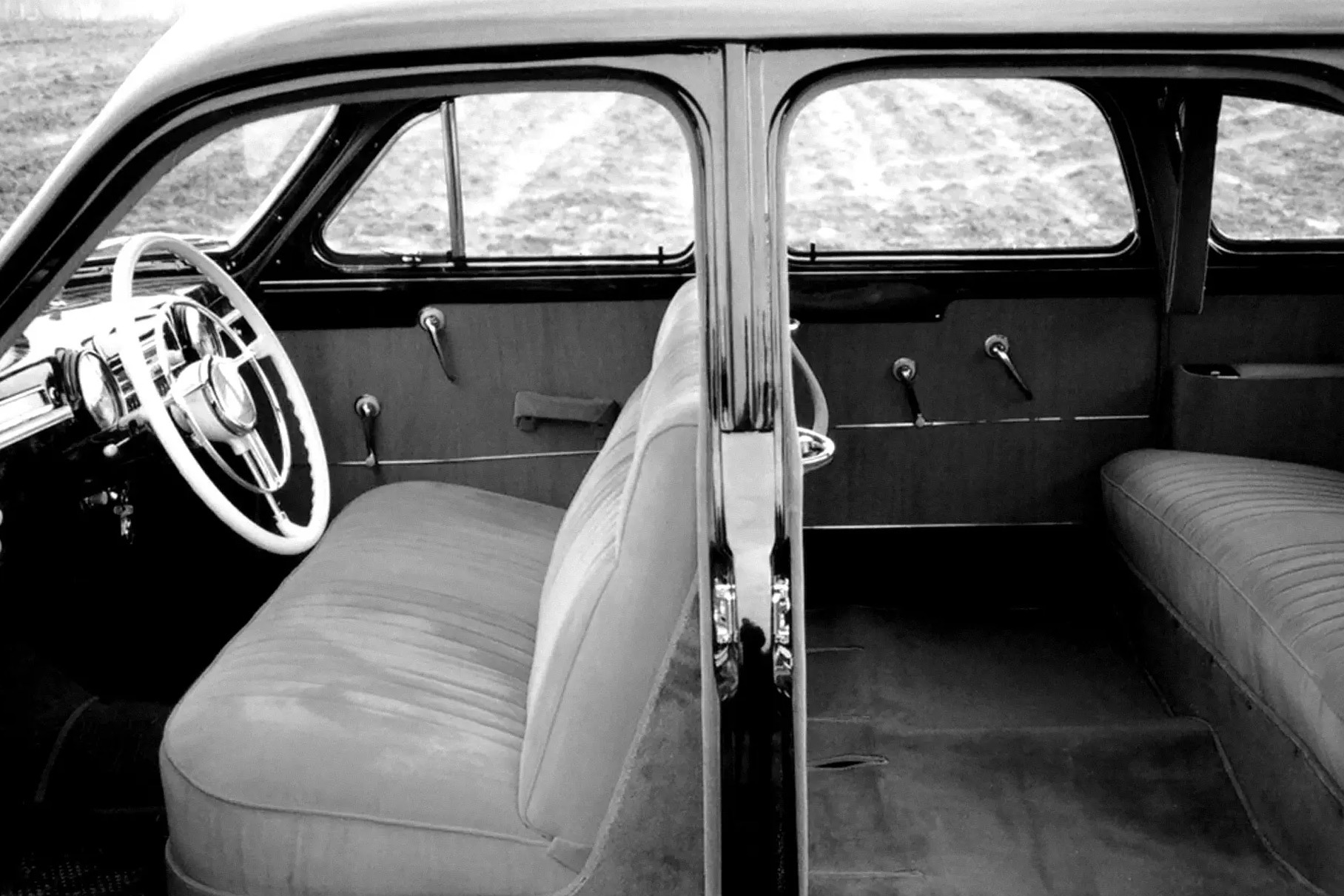 GAS
GAS
Although the appearance of winter, designed by the sculptor Lev Yeremeyev, is echoing with the models of the American auto industry that are relevant in those years – for example, the Cadillac 1948 model year, the design of the Soviet representative sedan was at that time of the innovative. For such a large car, the wheelbase of which was 3200 mm (more than that of the long -lead Range Rover!), Soviet engineers designed a supporting body – while most foreign classmates winter remained frame.
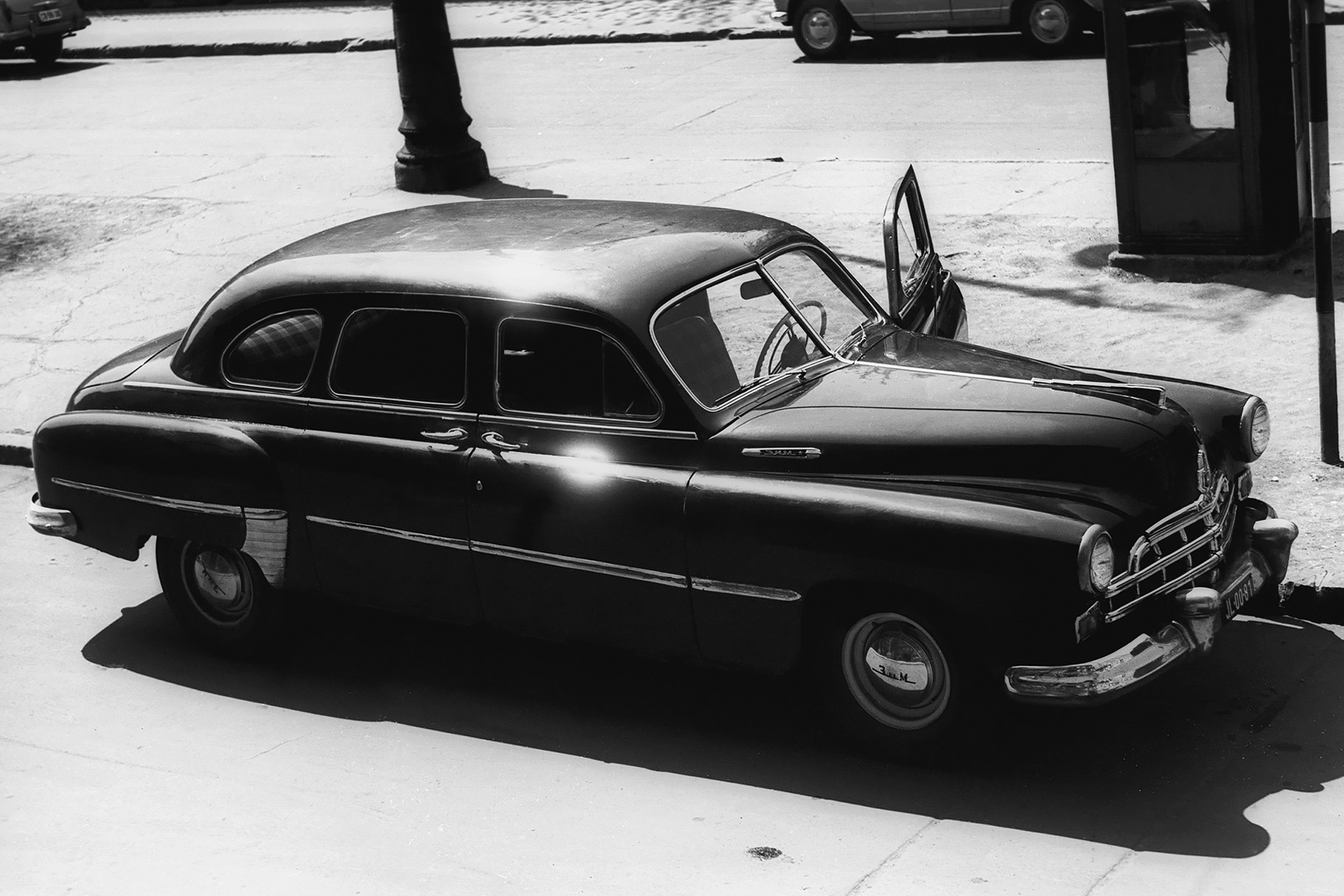 GAS
GAS
The so -called “mules” are widely used in the tests of new models in the modern automobile industry. Cars that look like cars of the current model range allow you to test new units, without “emerging” the appearance of the future new items before entering the market. Something similar was used in the design of the GAZ-12: the units of the future winter were rolled up at the Victory, in the body of which an extension of the insert was welded between the front and back doors.
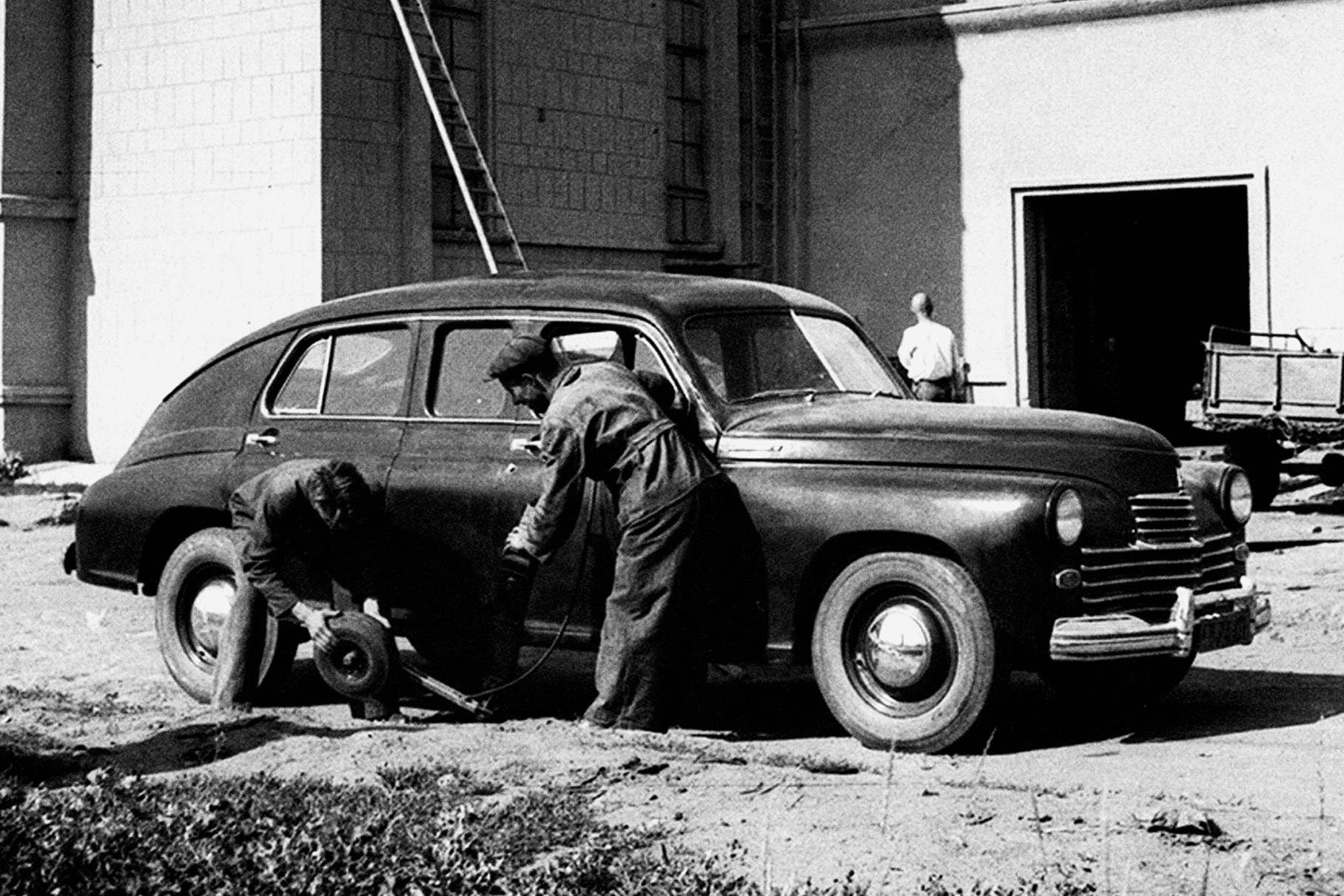 “Mul” with the aggregates winter and an elongated body of victory
“Mul” with the aggregates winter and an elongated body of victory
GAS
Soviet designers of the late 1940s, developing a car, not intended for a wide sale, in a closed city, as Gorky was then, is difficult to suspect of fears about the “photoshpions”. The preserved photograph of the elongated “Victory” dates back to 1948, and, obviously, the body of the future representative sedan was simply not ready.
With the introduction of a loading body, the Winter designers managed to withstand acceptable indicators by mass: the seven -seater winter weighed in only 1940 kg. This was especially important, because, unlike overseas brothers with 8- and 12-cylinder engines widespread in America, only a large “six” with a capacity of 90 horsepower and a working volume of 3.5 liters were installed on the Soviet sedan.
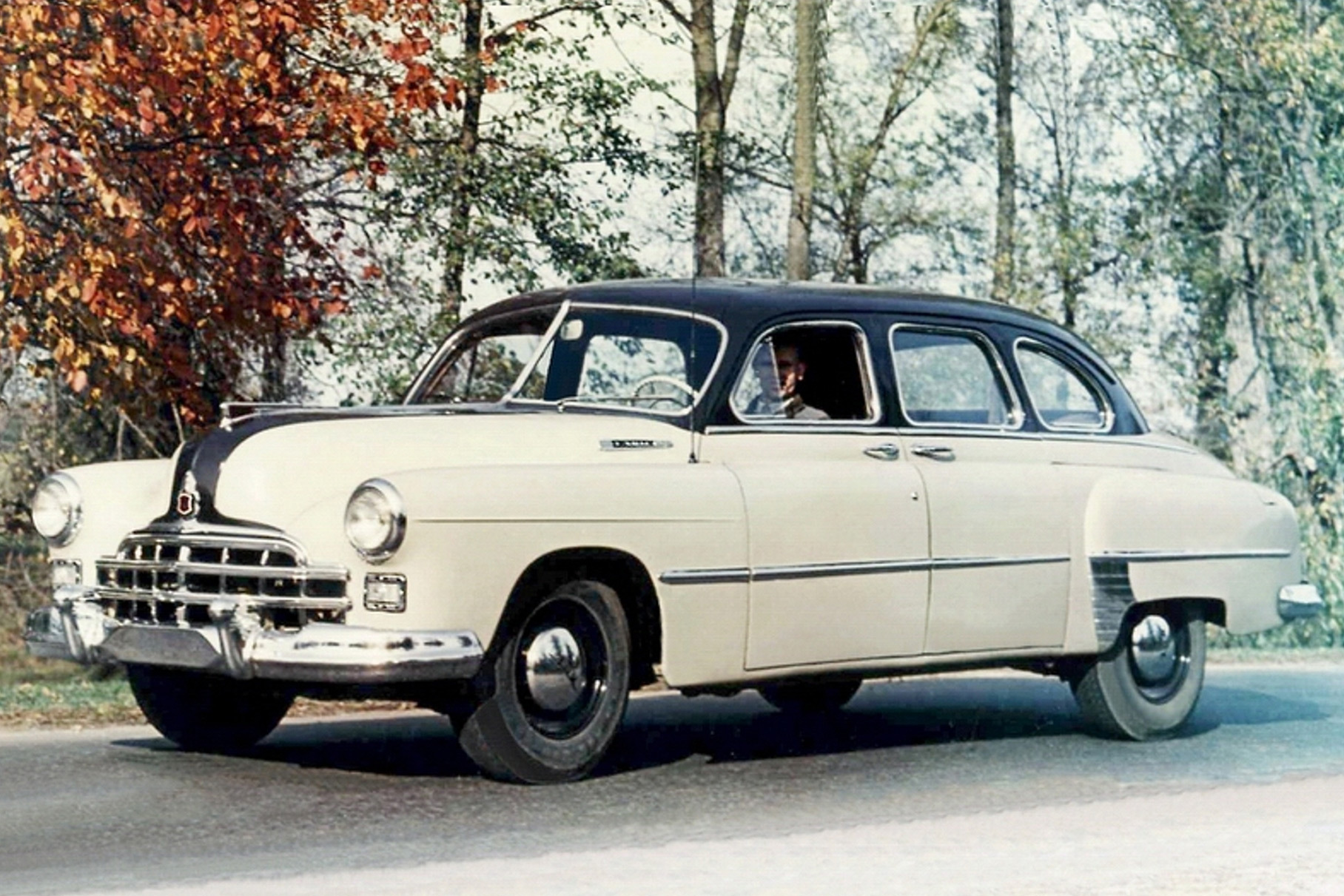 GAS
GAS
The GAZ-11 motor, leading its genealogy from Chrysler production engines, began to be released in bitter before the war. Such an unit, in particular, were equipped with the modernized Emki GAZ-11-73. In the postwar years, the modified gasoline “six” appeared under the hood of the GAZ-51 truck. It also married a new “victory”, however, the work on the six -cylinder modification of the mass sedan was rolled up – it is believed that, according to the personal instructions of Joseph Stalin, who did not approve the use of a more “voracious” engine on a mass passenger car.
The six -cylinder modification of Victory with the Winter engine still subsequently appeared – the high -speed modification of the M20B was intended for special services. In the later “catch-up”, such as the GAZ-23 or GAZ-2424, with the same goals, the V8 and an automatic gull were implanted.
Surviving victory for the KGB Secret Volga KGB Secrets of the police Volga from the USSR
In the preparation of production, winter “six” again underwent a number of improvements: the engine received an aluminum head of the block, an increased degree of compression and a two -chamber carburetor. The new motor worked on gasoline with an octane number 70–72. This is the present time on the gas stones cannot even be found “eighties” – the then cargo “one and a half” and Zisa calmly worked on the widespread “sixty -sixth”.
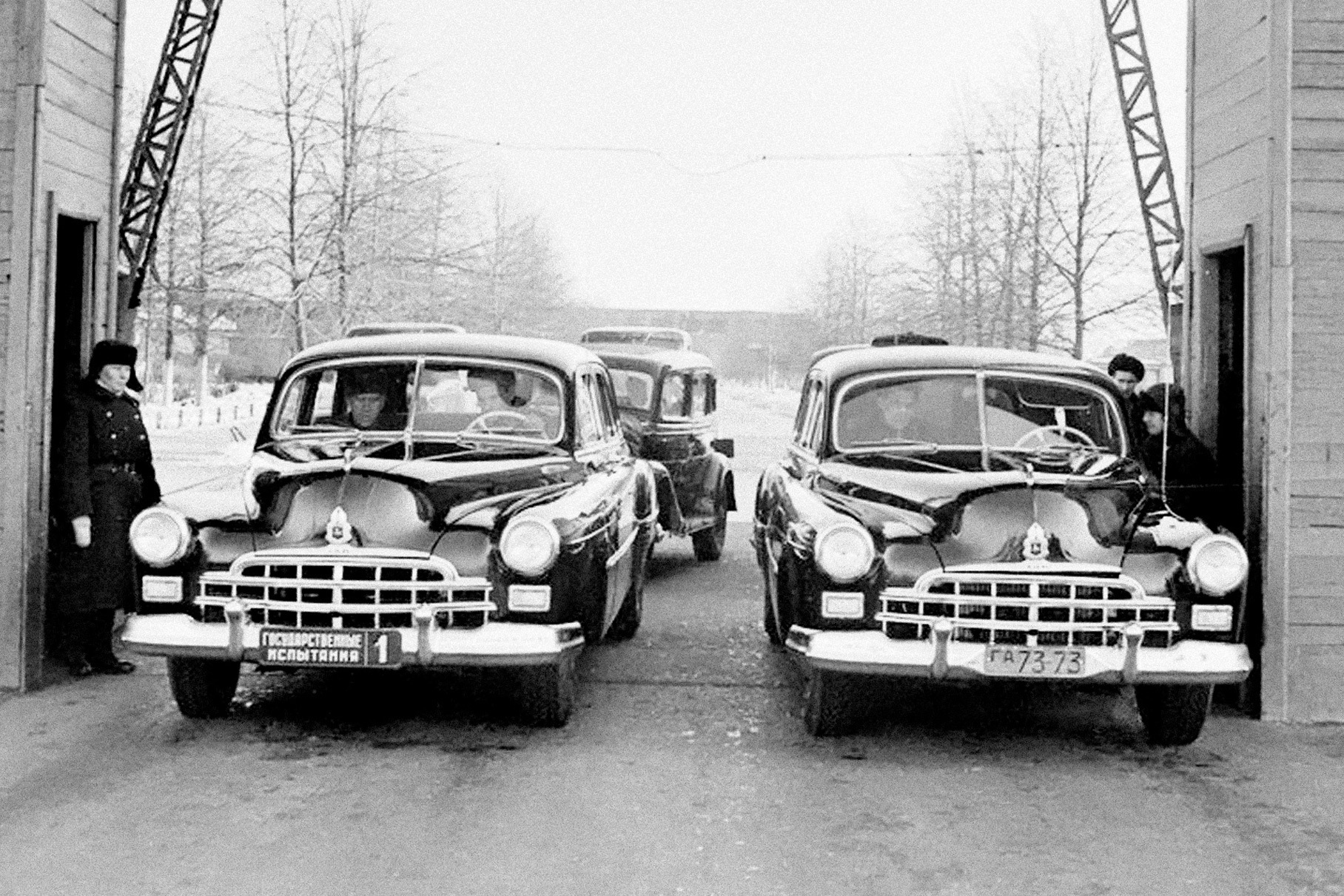 GAS
GAS
For winter, a new 3-speed gearbox with synchronizers in 2 and 3 gear was developed. Subsequently, her modifications migrated to the “Victory”, “Volga” M-21 and its derivatives-up to the minibuses of RAF and the VAZ FURGONS.
However, the winter transmission was introduced in the transmission, facing the usual clutch. This knot helped the representative sedan start from the place smoothly, without the slightest hint of jerking. In addition, it was possible to slow down with the hydromoft to a complete stop, without turning off the transmission – for example, at a traffic light – and move again.
The fact that there was no mechanical connection between the motor and the gearbox, there was a specific drawback: in the parking lot, such a machine cannot be fixed with a simple inclusion of the gear. So the winter brake should be kept in good condition – and, from sin, use anti -stroke shoes.
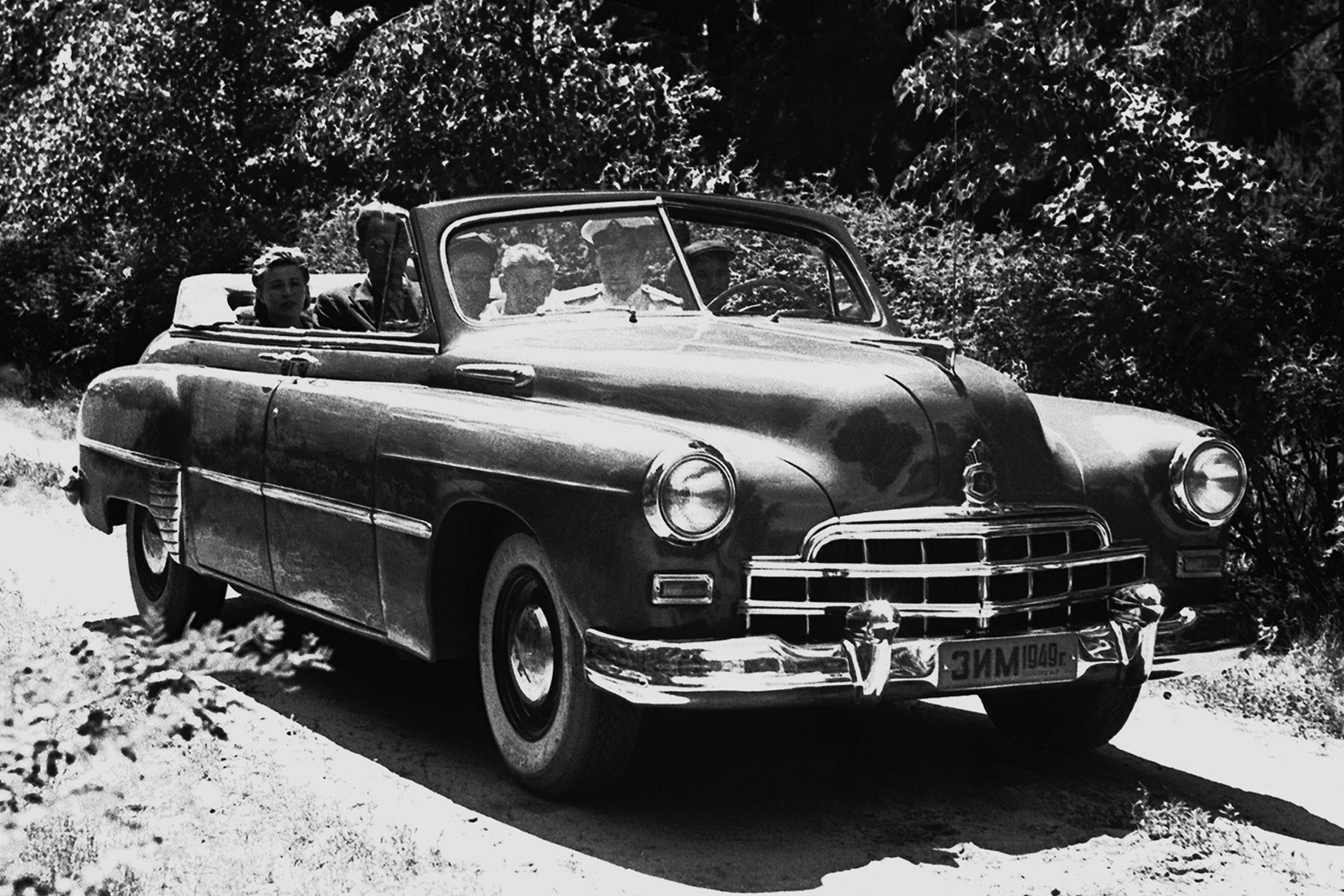 GAS
GAS
In addition to the standard sedan, several phaetons with an open body were built on the basis of the GAZ-12. However, the matter did not go further than several experimental samples: the carrier -deposited body was not tough for this. But the sanitary modification of winter, with a place for installing a stretcher and medical supplies, was used quite widely. In order to load the patient inward without problems, external loops appeared at the luggage compartment of the ambulance, allowing to open the sash to a wider angle.
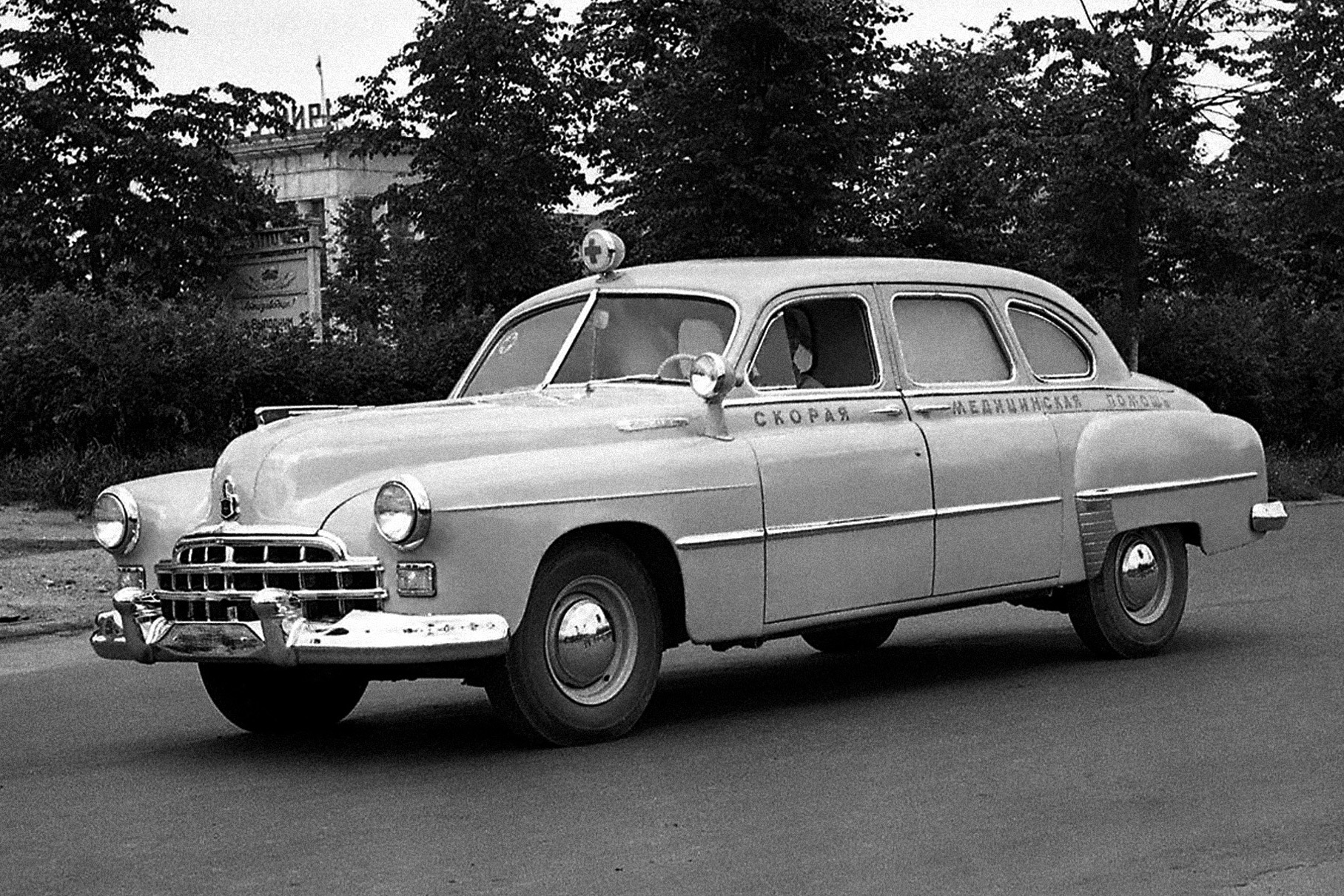 GAS
GAS
The hood loops had a specific design: the heavy cover opened to the side, both on the left and on the right side. Another entertaining detail is the trunk lighting ceiling. He was mounted on the lid from the inside and had a mercury switch. When opening the trunk, liquid metal flowed inside the airtight capsule and closed the contacts. The FP-12 ceiling was also used on later gas models, however, they subsequently refused the switch with dangerous metal.
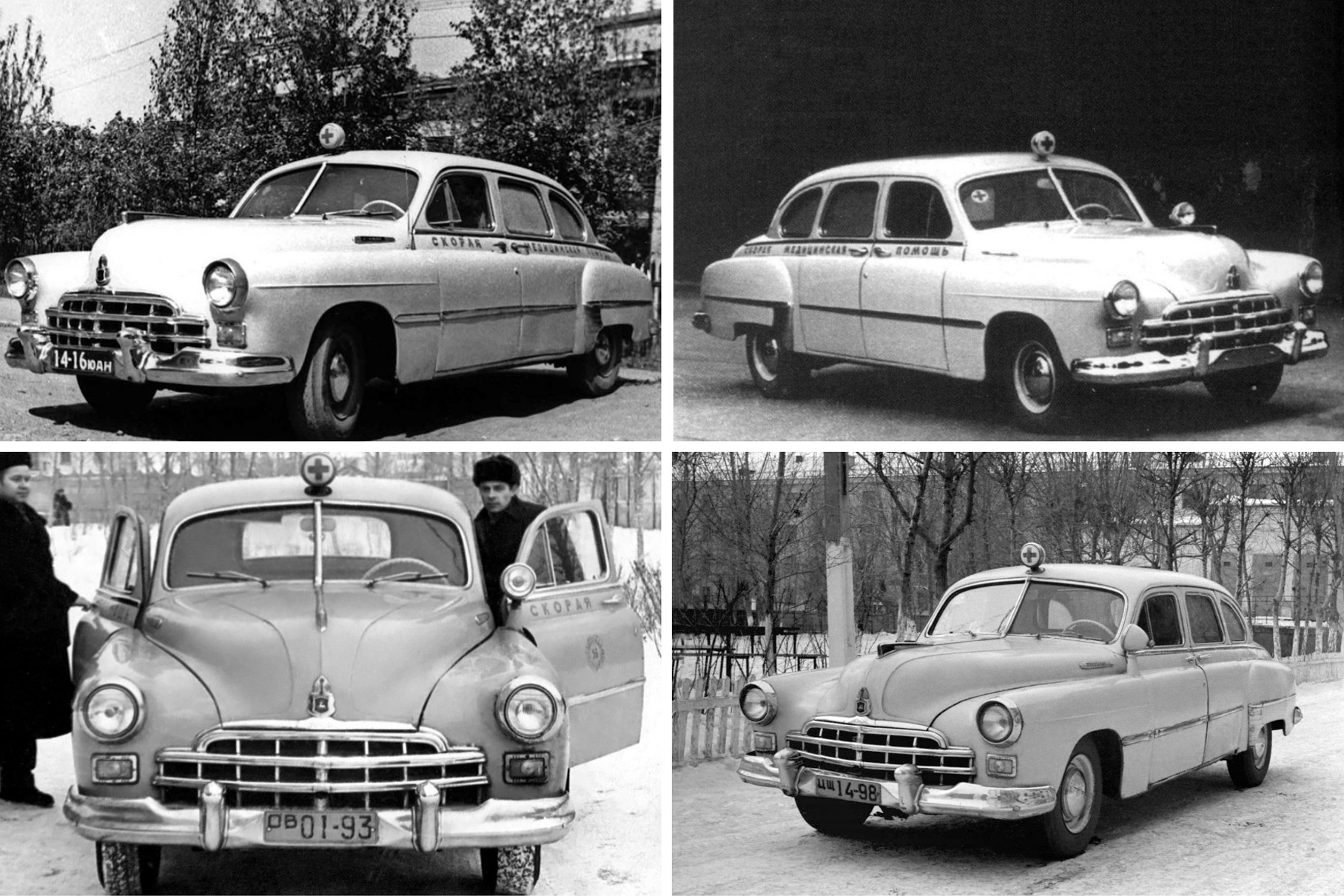 GAS
GAS
Winter, intended primarily for party and Soviet nomenclature as a personal car, was also on free sale. At a time when Moskvich was sold to citizens for 9,000 rubles, and Victory for 16 thousand, GAZ-12 cost as much as 40 thousand rubles. And although the GAZ-12 was sold in car shops, few could afford to buy it. Unless large scientists or folk artists. For example, in the 1950s, the famous Soviet actor Igor Ilyinsky owned his own winter. In our days, his son, music journalist Vladimir Ilyinsky, recalled in an interview with his father’s car.
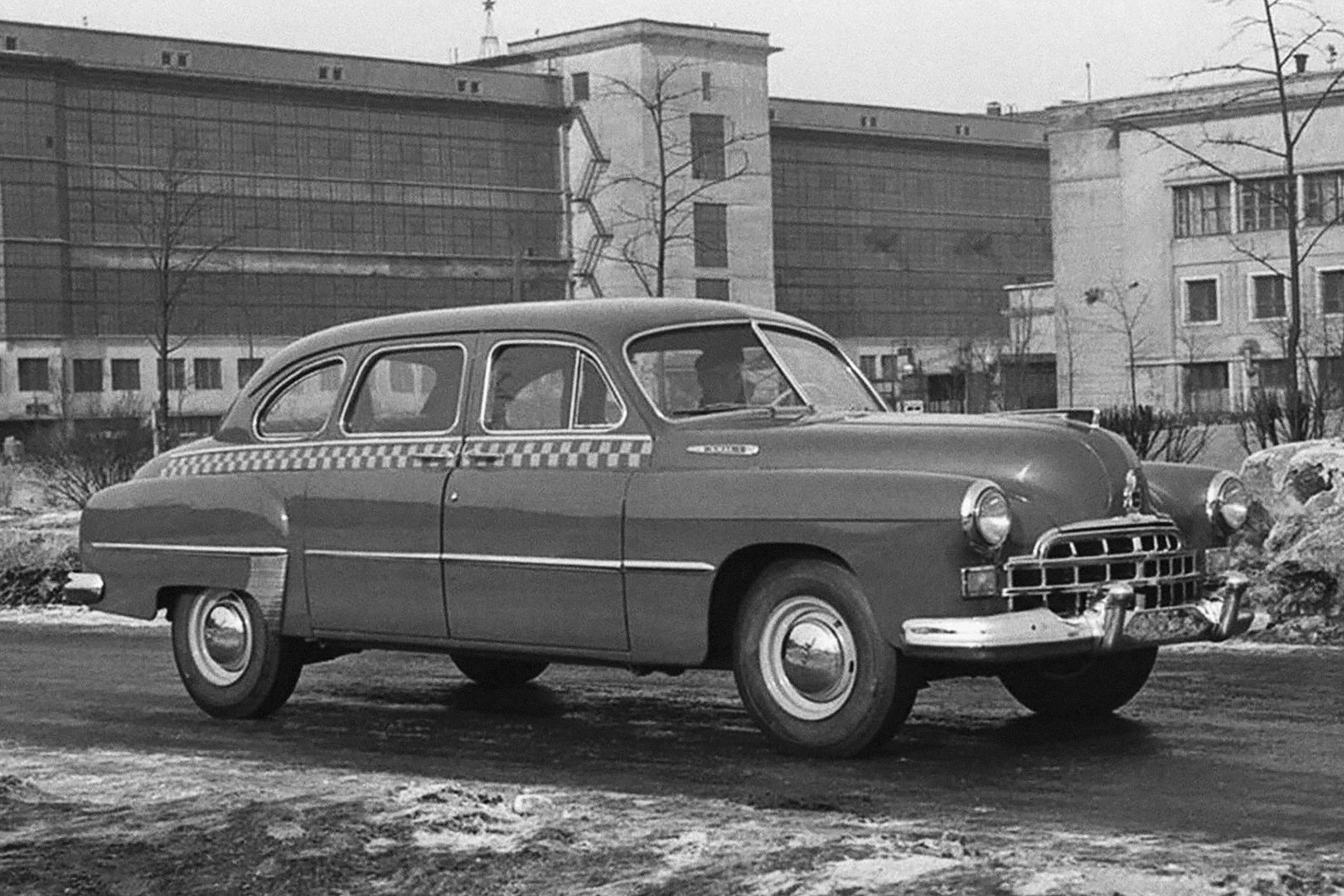 GAS
GAS
Winter worked in a taxi – especially a lot of them appeared in the late fifties, in the wave of another struggle with privileges, launched by the then head of state Nikita Khrushchev. Many cars that had previously served as personal transport of officials were transferred to taxi pages. However, the taxi version was also produced at the factory – in the front panel of such winters, a niche was provided for a standard taxometer.
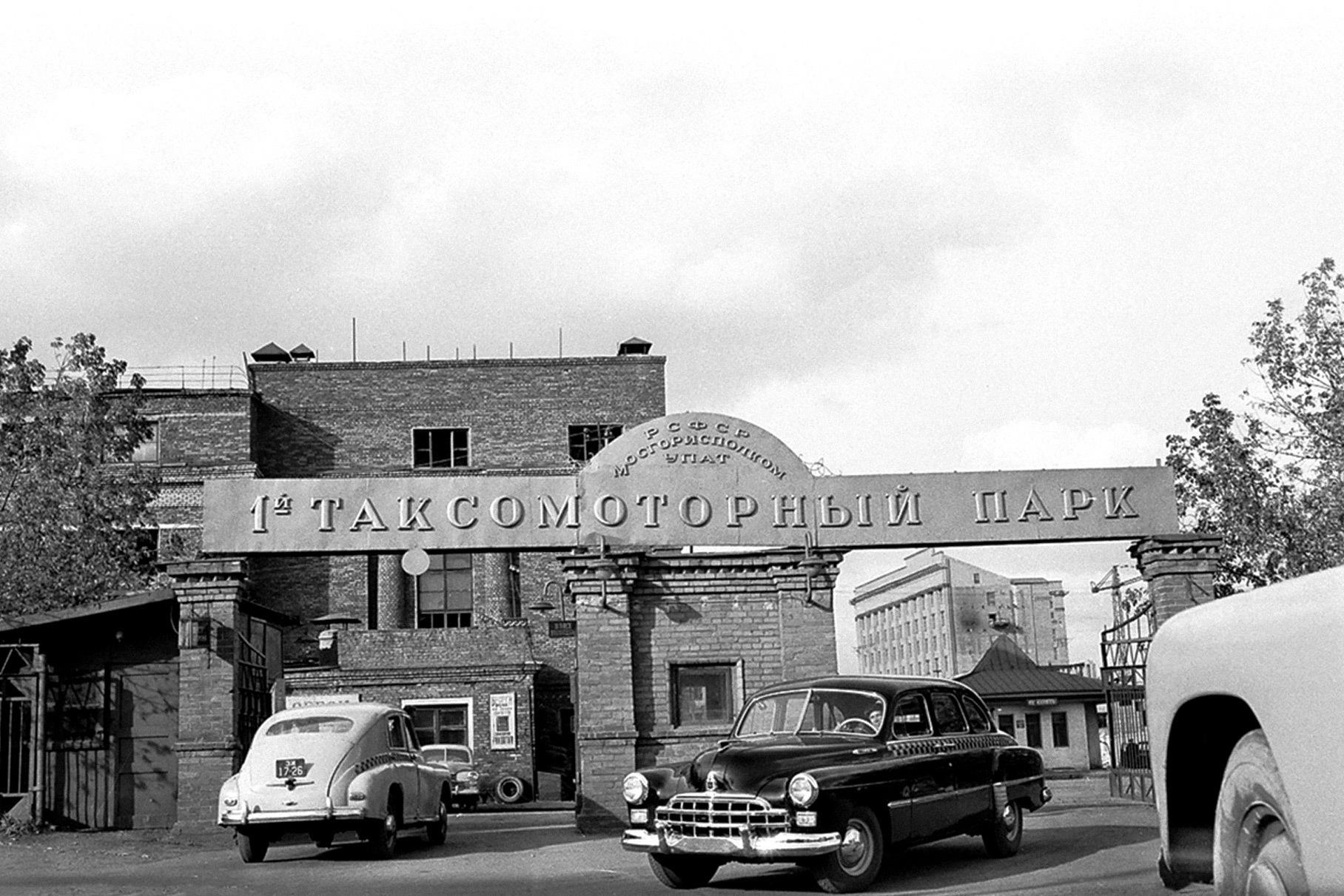 GAS
GAS
The general public Winter was first demonstrated in the summer of 1950 – at the exhibition “Automobile and Tractor Industry of the USSR”. And its mass production, launched in the fall of 1950, lasted 10 years. Moreover, in recent years, the name of the car has changed. After the defeat of the “anti-party group of Molotov, Kaganovich, Malenkov and Shepilov, who joined them,” that is, the “Molotov Plant”, began to be called according to the factory index-GAZ-12. The name of the GAZ itself and the GAZ plant itself lost. Accordingly, the emblems of early and late machines differ – in full accordance with the changing line line.
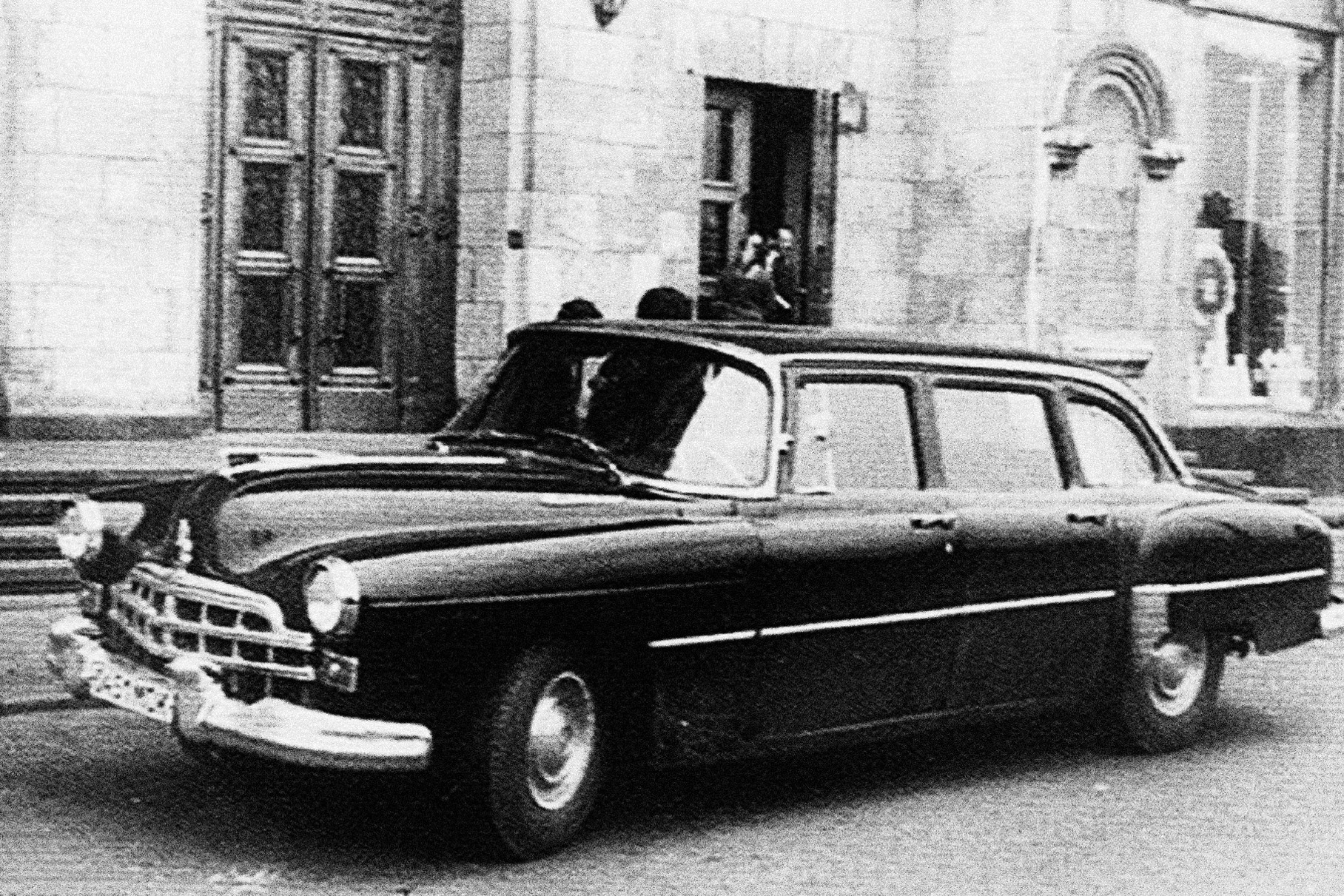 GAZ-13 “Seagull”, disguised as winters
GAZ-13 “Seagull”, disguised as winters
GAS
Winter production was not massive – over 10 years, its circulation barely exceeded 21.5 thousand cars. In 1960, a “seagull” with the V8 engine and a 3-speed automatic was replaced by a morally obsolete sedan. She was already a completely nomenclature car that did not have the status of consumer goods. However, the vowel and unspoken principles of the Soviet hierarchy were not part of her. In particular, “seagulls” with “camouflage” external design from winter are known, which received the nickname “Oslobyk”. It is generally accepted that such hybrids were produced at one of the Ministry of Defense enterprises. /m
How the Stalin ZIS fell apart by the centenary of the USSR: the best Soviet cars 55 years later: we celebrate the anniversary of the VAZ-2101 in Lada ISKRA
